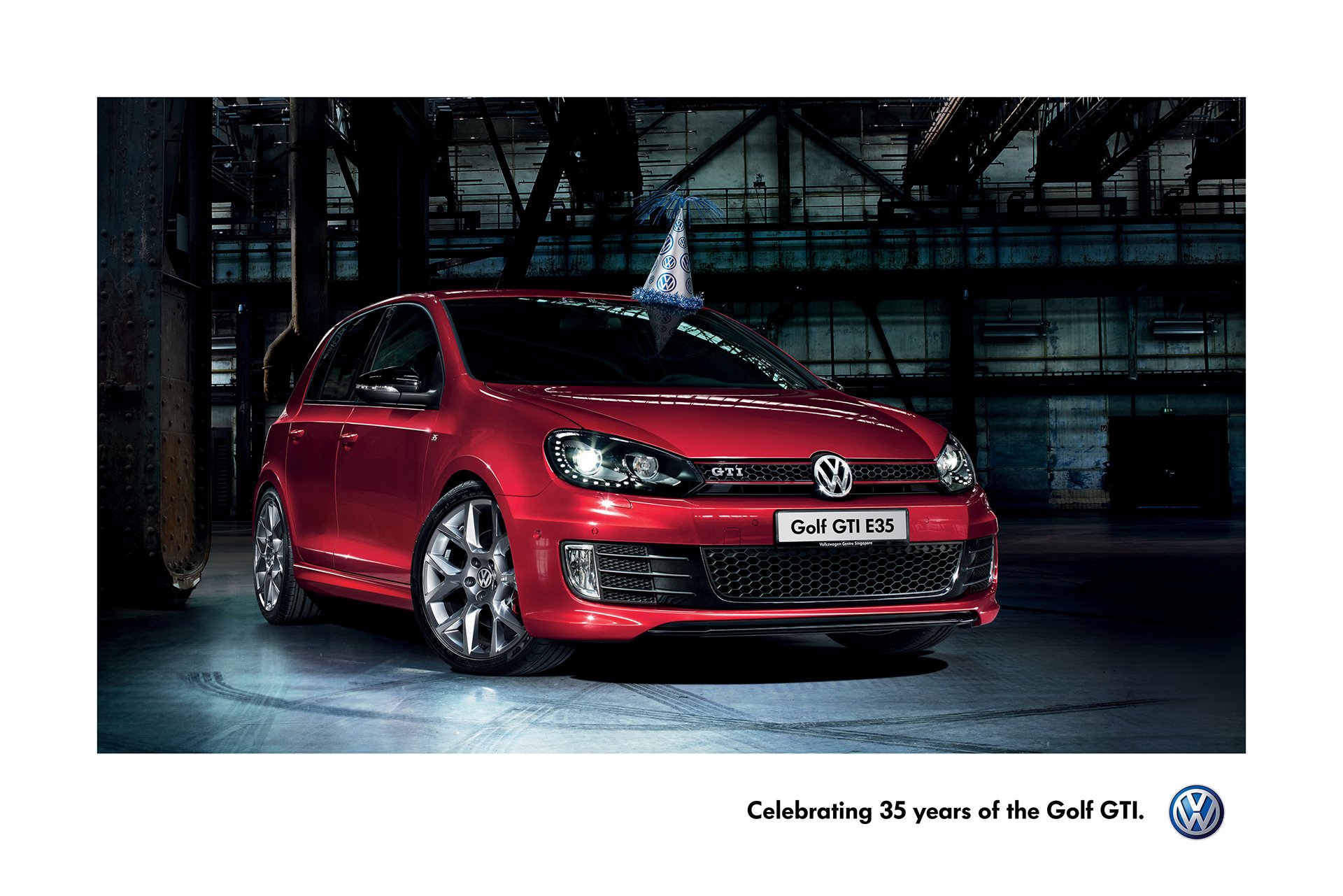Using Marketing Science to give you an unfair advantage.
What the big brands know. And what you need to know.
Growing your brand should be simpler, more effective and less expensive.
The process of growing a brand is often misunderstood, filled with myths, false assumptions, and quite frankly, a lot of nonsense. Many consultancies and agencies present it as magic rather than science.
However marketing data across multiple brands is now revealing clear laws on brand growth. When correctly executed we can use these laws to successful grow your brand. These laws apply universally across all categories, whether you’re a small company or a multinational, B2B or B2C, budget, mainstream, or luxury brand.
These laws often challenge conventional wisdom. We’ve distilled them into seven practical rules to build you a successful brand.
Our 7 rules to grow your brand:
1. Get sales AND grow your brand.
The work below is from a series of successful promotional campaigns we did for Volkswagen. However data tells us that after promotional activity market share returns to its original level. You need branding to achieve steady growth.
By applying the brand consistently across all communications we grew Volkswagen’s market share by a factor of eight, from 1.3% to 10.1% within a short period of time. We can do the same for you.
2. Innovation PLUS distinctiveness lasts longer.
Strontium approached us with the goal of moving from a producer of commodities to a recognisable and valuable brand. As a successful and innovative company producing memory products, they continually improved their offerings, only to have the competition quickly catch up. Our advice was to develop a brand that would be distinctive from their competition.
Part of the solution was to give them a distinct ownable colour. Without changing their product they went from being the No. 5 seller to No. 1 within 3 months (Source: JB Hi-Fi stores across Australia.)
3. The only way to grow a brand is by getting more customers.
Marketing data from multiple brands shows that:
– All brands in a category lose a similar percentage of customers each year.
– You can’t significantly increase loyalty to get your customers to buy more.
Therefore you need to grow your number of customers to deliver growth.
In the work for Listerine PocketPaks below, stickers were placed in nightclubs and bars with maximum clientele. This allowed them to reach as many potential customers as possible on their budget. Just three months after its launch, they achieved an impressive 48% market share.

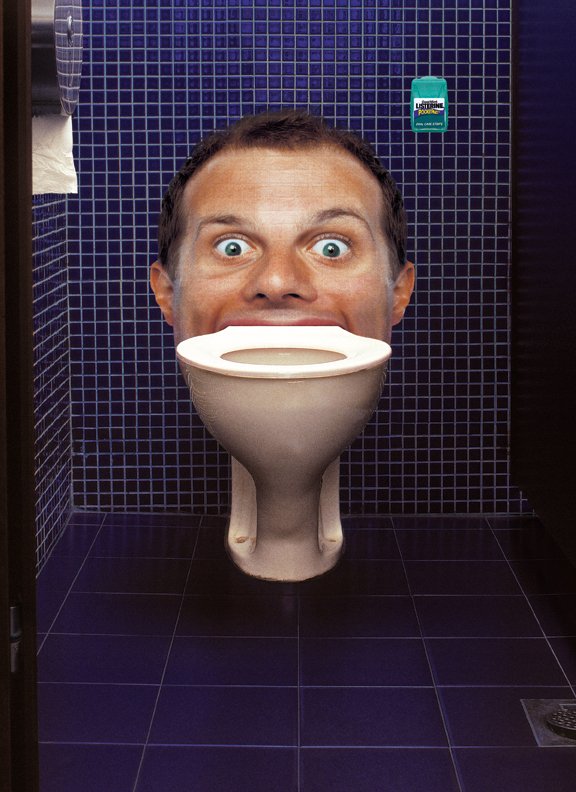
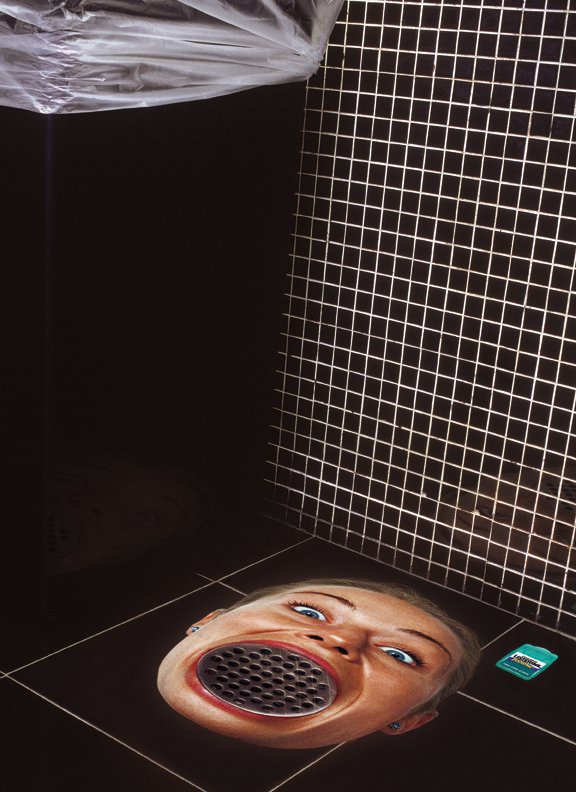
4. Target ALL the buyers in your brand’s category for maximum growth.
Targeting all buyers ensures your brand reaches as many potential customers as possible. You don’t have to reach them all but you should aim to reach as many as possible on your budget. This broad approach helps build widespread recognition and preference, driving steady growth.
Jetstar launched across Asia. We suggested buses because it reached such a large part of the community. We also had a killer creative idea: The wheels of the bus matched up pretty well with the wheels of an aeroplane. The windows matched the passengers on the top deck too. We paid for three months for the bus. The bus company liked the buses so much, they left it on for a year, for free.
5. Be consistent across your communications.
Every time you talk to your category audience it’s a chance to make your brand stick in their minds. To make this effective, your messages should feel as if they are coming from you. This consistency builds trust and makes your brand memorable, helping you stand out and connect with customers.
Take the Economist work below for example.





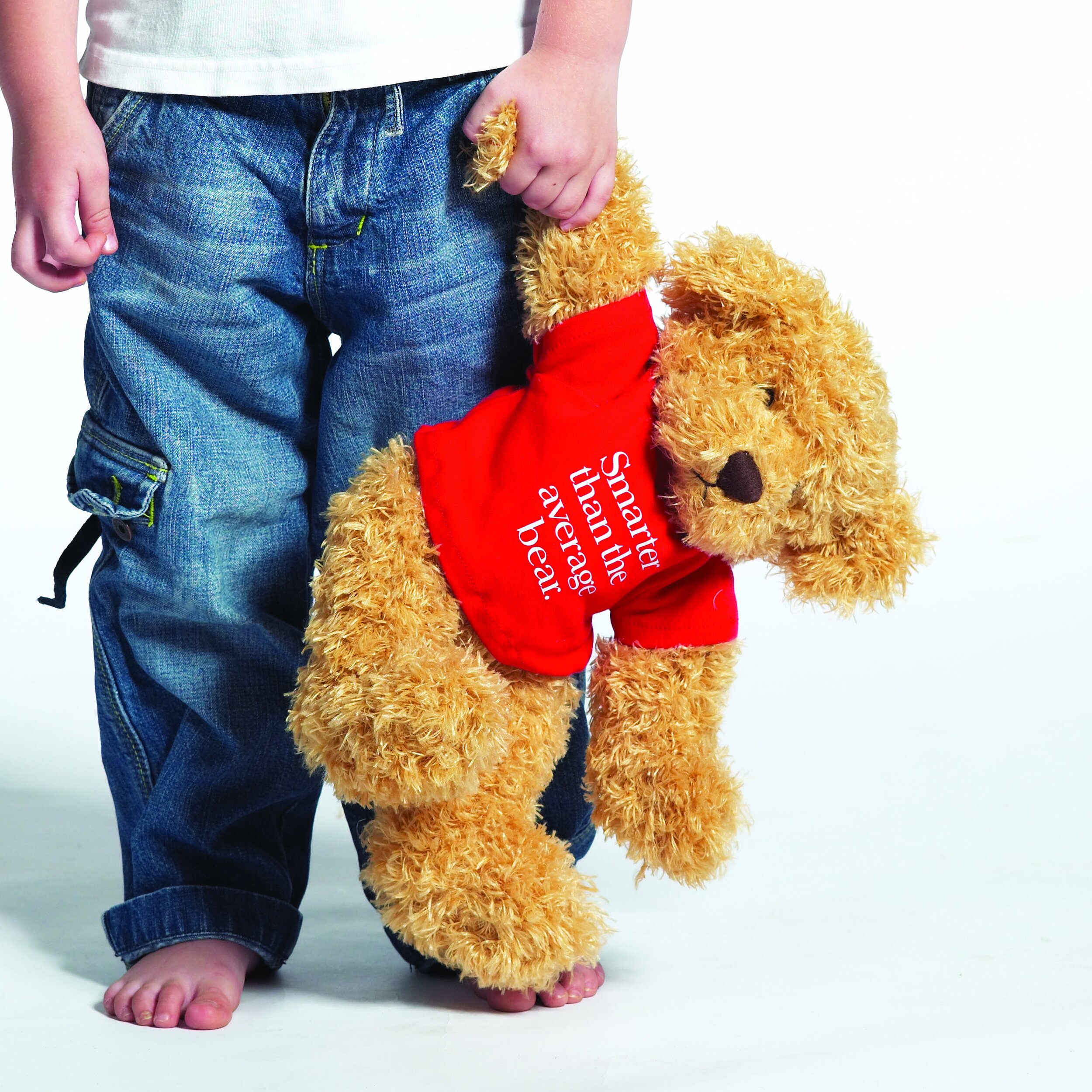

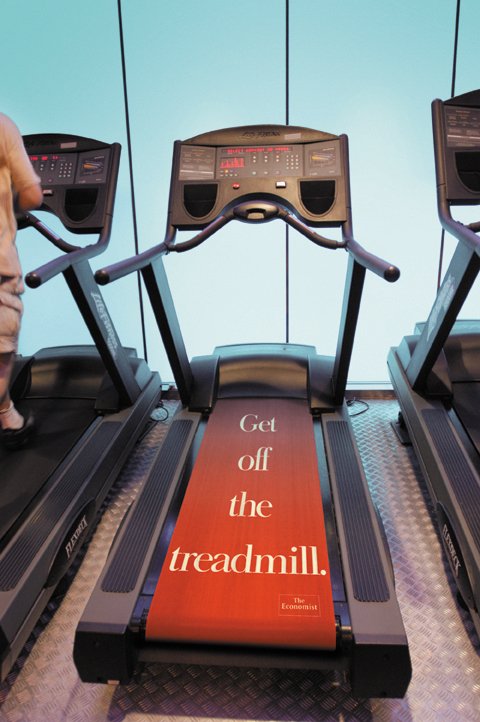

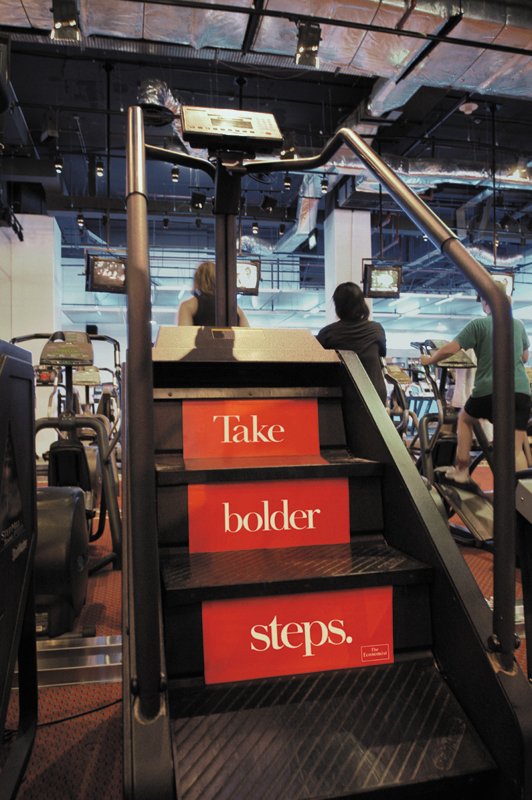

6. Communicate at regular intervals.
Marketing data shows that spreading out your communications throughout the year, is a more effective than communicating in bursts. This approach increases the likelihood of your brand being remembered when consumers are ready to buy and ensures visibility during critical purchasing moments. It also allows for better budget planning.
Depending on your industry, there may be seasonal peaks where ramping up your communications can seize valuable opportunities.
Our online work for Mazda shows how the creative can be adapted through a year.


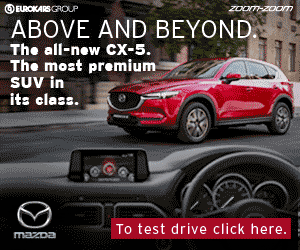








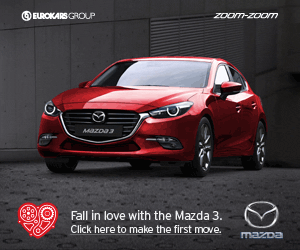
7. Be easy to find and buy.
Making your brand easy to find and buy, is essential because it simplifies the decision-making process for buyers. Whether online, in a retail environment or at an event, when your brand is readily visible and available, it increases the likelihood of a buyer choosing your brand over others.
Marketing science
We base our brand building on the research of Marketing Scientists such as Jenni Romaniuk, Dr. Magda Neuyez-Thiel, Professor Robert Easton, and Dr. Byron Sharp.
If you’re interested in evidence-based brand building, a great starting point is the book shown here. Click the cover to purchase on Amazon.




























